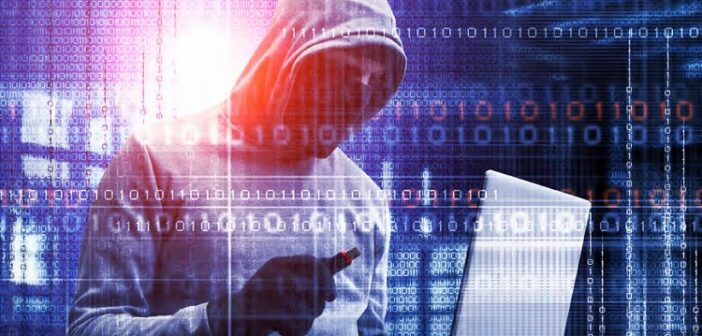
By
Iain Strutt
The advent of the COVID-19 pandemic has seen many of us working from home for extended periods. A corresponding rise in online fraudulent activity is attributed to the wider use of the inter net and organised crime continues to adapt to these changes. The Australian Competition & Consumer Commission has reported a 55% increase in identity theft on last year’s figures with criminals targeting superannuation payouts, & welfare relief benefits. Identity theft (IDT) is fraudulent and involves ‘the use of dishonest and deceitful conduct to gain an unjust advantage…it is not specifically defined in legislation.’ IDT can be used to assume an identity with or without the consent of a living person. The stolen identity of a child can be kept for years, to be used when the identity matures. IDT can be used for a practice known as ghosting, whereby a person assumes the identity of a dead person. The methods range from theft and impersonation, to theft and sale, the ‘renting’ of an identity and the deliberate manufacture and sale of high-quality forged documents by organised criminal gangs. Once a criminal establishes a false ID they can use it to gain advantage by applying for financial services, defrauding superannuation accounts, money laundering and immigration fraud. Phoenixing, which is a more complex form of IDT is a process to rid companies of their debt and avoid taxes 6,7,8,9,10.
Obtaining false identity documents would generally be in cash and difficult to trace. Likewise, transactions are conducted on Deep Web sites which specialise in the sale of high-quality identities. Transactions of this type would usually be conducted in Bitcoins or a similar digital currency. Another untraceable way identity can be purchased is through the hawala network of Islamic financiers and it is believed that Islamic terrorists use this system. Money transferred via a hawala banking system is extremely private and is unlikely to be reported or discovered by anyone other than the hawaladar, the transferor and the transferee.
Download Cyber Risk Leaders Magazine – Issue 3, 2020 to read full article.






